New Horizons Mission Launch Video
|
Video courtesy of NASA/Johns Hopkins University Applied Physics Laboratory/Southwest Research Institute. |
This video shows the launch of the New Horizons spacecraft in January 2006. New Horizons, bound for a rendezvous with Pluto in 2015, rocketed skyward from Cape Canaveral in Florida at 2 PM on January 19, 2006. The spacecraft was carried aloft by an Atlas V launch vehicle.
Note: If you cannot see the movie you may need to download the latest QuickTime player.
New Horizons zoomed away from our planet at the highest
speed of any spacecraft leaving Earth so far... it was traveling at 16.21 km/s
(36,300 mph) when its engine shut down! The speedy spacecraft zoomed past the
Moon's orbit just nine hours later... a much quicker trip than the three days
required by Apollo astronauts to reach
our Moon.
|
More New Horizons mission movies:
 Animation of the New Horizons mission (6.4 MB)
Animation of the New Horizons mission (6.4 MB)
 Animation of the trajectory of New Horizons through our Solar System (4.7 MB)
Animation of the trajectory of New Horizons through our Solar System (4.7 MB)
You might also be interested in:
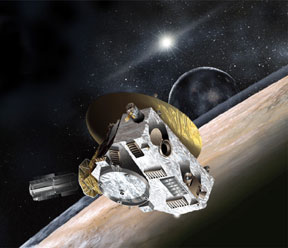
A spacecraft is going to Pluto! The name of the spacecraft is New Horizons. New Horizons will be the first spacecraft ever to go to Pluto! Pluto is very, very far away. It will take New Horizons nine years
...more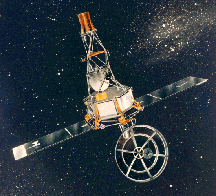
Satellites and robot spacecraft are important to space exploration. They let us explore space safely. Click on the link below to learn more about these missions. Canada's first space telescope, MOST, was
...more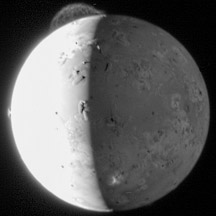
The New Horizons spacecraft is on its way to Pluto. Along the way, it flew past the giant planet Jupiter. When the spacecraft flew by Jupiter, Jupiter's strong gravity gave New Horizons a "slingshot
...more
Here you will find links to all sorts of pictures, animations, videos, sounds, and interactive multimedia that are on Windows to the Universe Explore collections of images in the Image Galleries. Watch
...more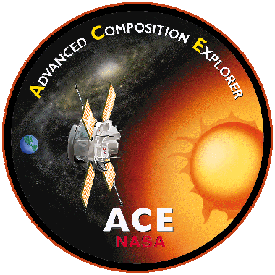
Have you ever wondered what you are made of? Where did the elements come from that make up your body? The elements that make up your body are the same elements found on the Earth. Where did those Earth
...more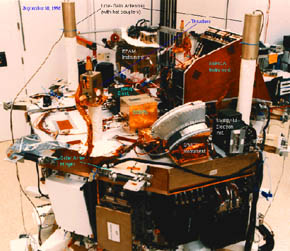
The ACE spacecraft consists of a two-deck irregular octagon, about 1.6 meters (65 inches) across and about 1 meter (40 inches) high. Eight of the scientific instruments which measure a variety of particle
...more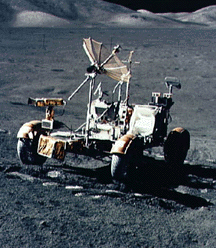
Astronauts Eugene Cernan and Harold Schmitt were the last humans to walk on the Moon, in the final mission of the Apollo space program. Together with Ronald Evans, they lifted off on Dec. 7, 1972 aboard
...more
Ulysses is a spacecraft that is traveling around the Sun. Ulysses is orbiting around the top and bottom of the Sun. No other spacecraft has ever done this...so Ulysses gets to measure things no other
...more
![]() Animation of the New Horizons mission (6.4 MB)
Animation of the New Horizons mission (6.4 MB)![]() Animation of the trajectory of New Horizons through our Solar System (4.7 MB)
Animation of the trajectory of New Horizons through our Solar System (4.7 MB)













